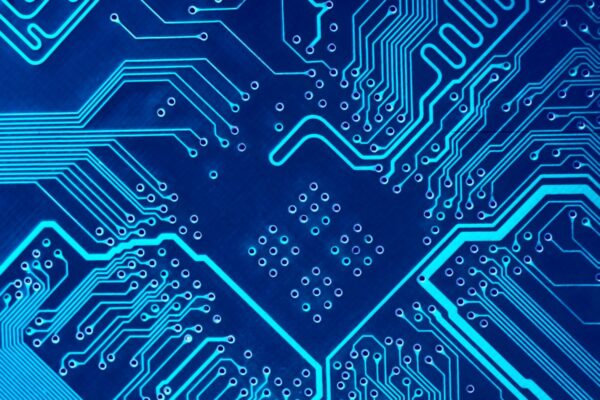What is Gold/Nickel Plating
Gold/Nickel plating, also known as Electroless Nickel Immersion Gold (ENIG), is a surface finish technique widely used in the PCB industry. It involves the deposition of a thin layer of gold on top of a nickel underplate to enhance the performance, durability, and solderability of the PCB.
Gold plating, a key component of Gold/Nickel plating, is the process of depositing a layer of gold onto the surface of a circuit board. This layer improves the conductivity of the PCB and provides excellent corrosion resistance. Gold plating is achieved through electrochemical plating, where a gold plating solution containing gold ions is applied to the surface, resulting in the deposition of a thin gold layer.
Nickel plating, on the other hand, serves as an underplate for the gold layer. It provides a protective barrier and enhances the adhesion of the gold layer to the PCB. Nickel plating offers benefits such as corrosion resistance, wear resistance, and improved solderability.
The combination of gold and nickel plating in Gold/Nickel plating provides several advantages. The gold layer enhances the conductivity of the PCB, ensuring reliable electrical connections. It also offers excellent corrosion resistance, making it suitable for applications exposed to harsh environments. The nickel layer acts as a protective barrier, preventing oxidation and improving the adhesion of the gold layer.
Frequently Asked Questions
What Is PCB Coating Called
The protective coating of thin polymeric film applied to printed circuit boards (PCB) is commonly referred to as conformal coating. This name is given to the coating because it conforms to the contours of the PCB, providing a seamless protective layer.
How Much Gold Is in a PCB
Magann explains that a PC circuit board typically weighs approximately a pound and contains the gold. If you were to have a ton of these boards, you would expect to find around 5 troy ounces of gold.
Do All PCBs Have Gold
The gold plated layer is commonly utilized for component pads, connector shrapnel, and gold fingers, among other things. While the majority of cell phone circuit boards are gold-plated, there are some electronic boards, like computer motherboards, audio boards, and small digital boards, that do not have gold plating.
Why Is Gold Used on PCBs
Gold is chosen for use on PCBs because it has excellent electrical conductivity, which is crucial for PCB applications. It is capable of carrying small amounts of current, which is essential for modern electronic devices. Additionally, gold can be alloyed with other metals like nickel or cobalt. Furthermore, gold does not tarnish or corrode, making it a dependable medium for connections on PCBs.
Is It Worth Extracting Gold From Electronics
While there are challenges involved in extracting gold from electronics, it can be a worthwhile endeavor for those seeking to recover valuable metals and minimize electronic waste. Nonetheless, it is crucial to prioritize safety by following necessary precautions and utilizing personal protective equipment when dealing with hazardous chemicals.
What Parts of Circuit Boards Contain Gold
Gold can be found in various parts of circuit boards, such as Printed Circuit Boards, Computer Chips (CPU), and connectors/fingers. Additionally, silver can be found in Printed Circuit Boards, Computer Chips, keyboard membranes, and some capacitors. Platinum, on the other hand, is commonly found in Hard Drives and circuit board components.
What Is the Highest Quality Gold Plating
The highest quality gold plating is typically achieved with 18K gold plating, which consists of 75% pure gold mixed with other metals to enhance hardness and strength. In contrast, 24K gold plating is 100% pure gold, but it is not commonly used in jewelry making due to its softness and susceptibility to damage.





